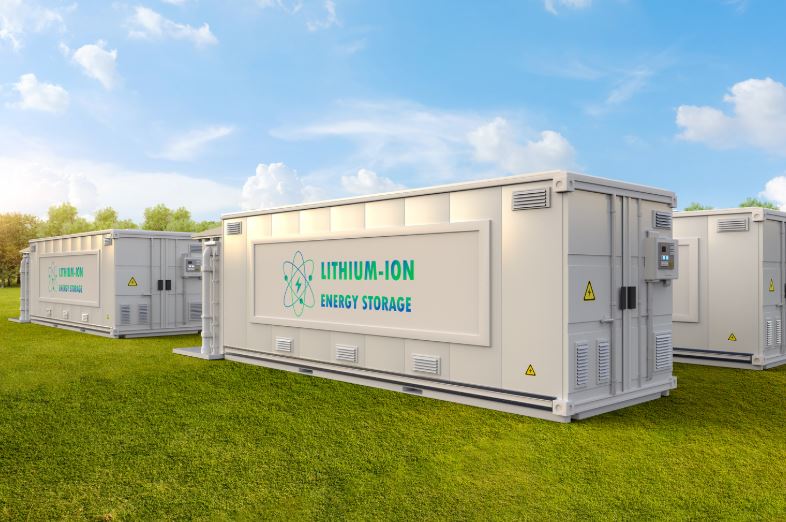AMEA Power has recently signed agreements to initiate the development of 1,500MWh battery energy storage systems in Egypt, setting its sights on becoming a prominent player in North Africa’s renewable energy domain.
According to the International Energy Agency, the global battery energy storage market is anticipated to grow to 17,000MWh by 2025, indicating the ambitious scale of AMEA Power’s operations within this context.
Egypt, through these agreements, aims to bolster its energy infrastructure while reducing dependency on fossil fuels. Currently, about 90% of Egypt’s energy comes from natural gas and oil, with renewable sources contributing a modest 8%. This is particularly significant as the country experiences increasing energy demands, which are predicted to rise by 50% over the next two decades, due to both population growth and industrial expansion as reported by the World Energy Council.
The project addresses a pressing issue: Egypt’s renewable energy capabilities have previously been hampered by limited energy storage capacity, which restricts the integration of inconsistent power from solar and wind sources into the national grid. A robust energy storage system mitigates this issue by storing surplus electricity generated during off-peak times and discharging it during high demand periods, enhancing grid reliability.
The technology adoption curve for battery storage solutions is steep, with costs still high relative to traditional energy generation. For instance, the average global cost per MWh for battery storage was around $187 in 2022, compared to $137 for natural gas, based on the U.S. Energy Information Administration estimates. AMEA Power’s initiative necessitates substantial financial investments likely to shape the project’s trajectory.
AMEA Power is also expected to leverage advancements in battery technology, which, according to Bloomberg New Energy Finance, are predicted to decrease by 40% in cost over the next five years. Such advancements can help bridge the gap between initial investment expenses and long-term economic benefits, making large-scale deployment more financially viable.
The development further aligns with Egypt’s Integrated Sustainable Energy Strategy, targeting 42% renewable energy in the national mix by 2035, reflecting a broader commitment to transitioning from fossil-based to renewable energy systems.
Stay updated on the latest in energy! Follow us on LinkedIn, Facebook, and X for real-time news and insights. Don’t miss out on exclusive interviews and webinars—subscribe to our YouTube channel today! Join our community and be part of the conversation shaping the future of energy.





